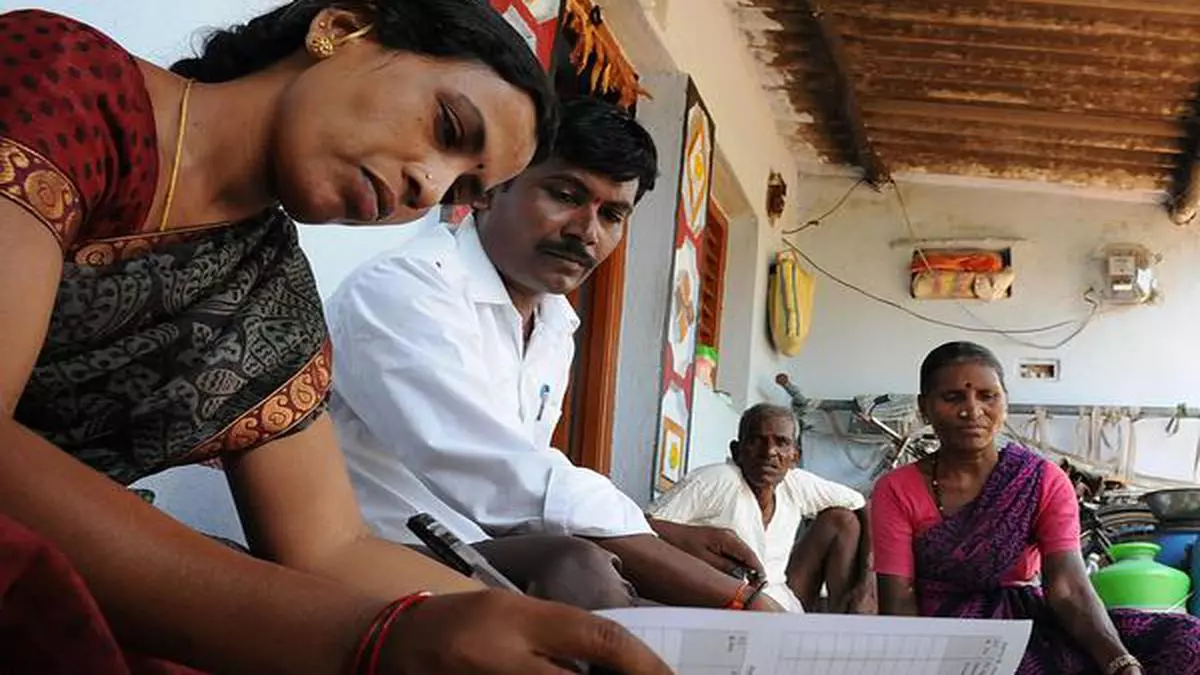The Indian Constitution recognises Bengaluru, along with Delhi, Mumbai, Kolkata, Pune, Hyderabad, and Chennai, as metro cities. However, only four cities—Delhi, Mumbai, Chennai, and Kolkata—qualify for the 50 per cent House Rent Allowance (HRA) exemption under Income Tax regulations.
Bengaluru has long sought to be included in this list, but the Centre recently confirmed on August 8, 2024, that no new cities would be added to the existing list of metropolitan areas.
- Also read: Bengaluru dominates India’s residential real estate market with highest launches and sales: JLL Report
Ahead of this year’s budget, there were reports of industrialists urging Union Finance Minister Nirmala Sitharaman to include Bengaluru in the metro cities list for HRA purposes. This push comes as Bengaluru’s real estate market faces significant challenges.
In October 2023, the Karnataka government raised property guidance values by up to 30 per cent. Coupled with a limited housing supply, rising construction costs and companies enforcing work-from-office policies, these factors have driven up rental prices in Bengaluru. A review of various real estate portals shows that rents in Bengaluru now surpass those in cities like Kolkata and Chennai. Yet, despite these factors, Bengaluru has not gained the recognition it arguably deserves.
That being said, the criteria for metro designation under the Income Tax Act focuses on population density and the number of salaried individuals rather than real estate market values alone, which requires the updated Census data.
Karnataka MP Tejasvi Surya’s parliamentary speech highlighted how Bengaluru’s exclusion from the metro list impacts the middle class. However, empirical data is needed to fully understand the extent of the issue.
Bengaluru and Hyderabad: The IT boom paradox
The IT boom led to an abnormal surge in population in Bengaluru and Hyderabad between 2001 and 2011, but this growth was not matched by a proportional increase in real estate values.
- Also read: ‘South Indian cities – Chennai, Bengaluru, Hyderabad – to shape global data centre landscape’
A study from IIM Bangalore highlighted this paradox, noting that while both cities saw a significant population increase between 2001 and 2011, their real estate market values grew gradually rather than in proportion to this surge. This disparity has contributed to their continued exclusion from the metro list for HRA purposes.
On the other hand, a Technical Advisory Group (TAG), formed under the Ministry of Finance, launched the Residex index to track residential real estate price movements across Indian cities. From 2007 to 2015, Bengaluru and Hyderabad experienced a gradual rise in real estate values, yet their population densities surged — 87.22 per cent for Hyderabad and 65.18 per cent for Bengaluru — compared to more modest increases in Delhi (21 per cent) and Mumbai (4 per cent).
Meanwhile Kolkata, with declining population density and real estate values, still enjoys metro status under the Income Tax Act for 50 per cent HRA.
Without the recent Census data to review city recognition, Bengaluru’s exclusion from the metro list remains unclear.




